Deadwood pruning is an essential part of a tree's maintenance. It helps keep the tree healthy and strong, and can help prevent serious damage from occurring in the future. Deadwood pruning involves the removal of dead, diseased, or damaged branches and limbs from a tree. It can be done for aesthetic reasons, to improve the overall look of the tree, or for safety reasons, to prevent branches from falling on people or property.
In this article, we'll discuss everything you need to know about deadwood pruning and how it can help you maintain your trees. Deadwood pruning is an important part of tree maintenance and health. It involves removing dead or dying branches from the tree, which can help to prevent the spread of disease and encourage healthy growth. Deadwood pruning helps to keep trees healthy by removing dead or diseased branches, which can spread disease to other parts of the tree. It also helps to reduce overcrowding, allowing more light and air to reach the inner branches and promoting healthier growth.
There are several different types of deadwood pruning that can be done, including crown cleaning, thinning, and reduction. Crown cleaning involves removing dead or broken branches from the top of the tree. Thinning involves removing weak or damaged branches throughout the tree’s canopy. Reduction involves reducing the overall size of the tree by removing larger branches.
Deadwood pruning should be done when a tree is overcrowded or has a lot of dead branches. It should also be done if a tree is damaged or diseased. Deadwood pruning should not be done during times of extreme heat or cold, as this can damage the tree. Performing deadwood pruning safely and effectively requires the use of proper equipment and techniques.
Pruners and saws are essential tools for deadwood pruning, and protective gear such as gloves and eye protection should always be worn. When pruning, always start at the base of the tree and cut away from yourself to avoid injury. Make sure to use sharp tools, as this will help to make clean cuts with minimal damage to the surrounding branches. There are some potential risks associated with deadwood pruning, such as damaging healthy branches or spreading disease.
If a branch is diseased, it should be removed completely to avoid spreading it to other parts of the tree. Also, it’s important to be careful when pruning so as not to damage healthy branches or leave stubs that could cause infection. Tools and products that may be needed for deadwood pruning include pruners, saws, protective gear, ladders, and rope. Depending on the size and type of tree, these items may be necessary in order to safely and effectively perform deadwood pruning.
Finally, here are some tips for successful deadwood pruning: always start at the base of the tree and cut away from yourself; use sharp tools for clean cuts; take special care when cutting diseased branches; and always wear protective gear. With these tips in mind, you’ll be able to safely and effectively perform deadwood pruning.
When to Perform Deadwood Pruning
Deadwood pruning is an important part of tree maintenance and health. It should be done at least once a year, or more often if needed. In general, deadwood pruning should be done during the late winter or early spring before new growth begins.This will help ensure that the tree is healthy and free from disease and pests. It's also important to consider the tree species when deciding when to perform deadwood pruning. For example, some trees may need to be pruned during the summer months when they are actively growing, while others can be pruned during the dormant season. It's always best to consult with a professional arborist to determine when the best time for deadwood pruning is for your specific tree species. The arborist can also provide advice on how to safely and effectively prune the tree, as well as any other necessary maintenance tasks that should be done.
Tools and Products Needed for Deadwood Pruning
Deadwood pruning is a task that requires a few different tools and products.A quality pair of pruning shears or loppers are essential for cutting through branches, as are a handsaw and a pole pruner for larger branches. For safety, it is important to use a ladder or other device to reach the branches that need to be pruned. To protect your skin from debris, gloves and safety glasses are also recommended. Additionally, it is important to use the correct pruning paint to seal any wounds caused by the pruning process. The main product used in deadwood pruning is pruning paint.
This special paint seals the wound and prevents diseases from entering. It is important to use paint that is specifically designed for deadwood pruning, as regular paint can be harmful to the tree. Additionally, it is recommended to use biodegradable paints and cleaners when cleaning the area after the pruning. It is also important to be aware of the local laws concerning deadwood pruning. In some areas, it may be necessary to get permission from the local government before pruning a tree, so it is important to check with the local government before beginning any pruning.
Why Deadwood Pruning is Important
Deadwood pruning is important for maintaining the health and structure of a tree.Removing dead or dying branches helps to prevent the spread of disease, encourages healthy growth, and can help to keep the tree strong and stable. It is also important to remove any dead or damaged branches that may pose a safety hazard, as they could fall and cause injury or damage. Deadwood pruning can also help to improve the aesthetic value of a tree, by making it look more attractive. Deadwood pruning should be done regularly, as it can help to keep trees healthy and looking their best. It is important to take proper safety precautions when pruning, such as wearing protective gear and using the right tools.
It is also important to properly dispose of any deadwood that is removed, as it can attract insects and disease. In conclusion, deadwood pruning is an important part of tree maintenance and health. It can help to prevent the spread of disease, encourage healthy growth, and keep the tree strong and stable. It is also important to take proper safety precautions when pruning, and properly dispose of any deadwood that is removed.
How to Safely Perform Deadwood Pruning
Deadwood pruning is an important part of tree maintenance and health, but it must be done safely and effectively to ensure the best results. Here are some essential steps to follow when performing deadwood pruning:Assess the Tree: Before pruning, it is important to assess the tree for any signs of disease or damage.This will help you identify which branches need to be removed and which ones can be left in place.
Choose the Right Tools:
When pruning dead branches, it is important to use the right tools. Pruners, saws, and loppers are all suitable for removing deadwood. Ensure that the tools you use are sharp and in good condition.Cut Carefully:
When cutting off a dead branch, make sure to cut at a 45-degree angle away from the tree trunk. This will help prevent water from collecting in the cut area and causing rot or disease.Additionally, it is important to cut off only as much of the branch as necessary.
Clean Up Afterwards:
After cutting off a dead branch, make sure to clean up any debris or fallen leaves. This will help prevent disease-causing fungi from spreading to other parts of the tree. Additionally, if possible, dip your tools in a solution of water and bleach before moving on to another tree or area.Risks and Hazards Associated with Deadwood Pruning
Deadwood pruning is a necessary part of tree maintenance and health, but it can be dangerous if not done properly. There are a few risks and hazards associated with this type of tree pruning that should be taken into consideration before starting the job.The first risk to be aware of is the potential for injury. Pruning deadwood from a tree can be hazardous due to its often brittle or weakened nature. If not handled with care, the deadwood can break off suddenly, causing injury to the pruner or anyone in the vicinity of the tree. Additionally, the pruner may come into contact with sharp objects, such as thorns, which can cause cuts and other injuries. Another risk associated with deadwood pruning is the potential for damage to healthy branches.
This can occur if the pruner is not careful when removing deadwood, as healthy branches can be broken or damaged in the process. To reduce the risk of this happening, it is important to take your time and be sure that you are only removing deadwood. Finally, there is the risk of spreading disease. Deadwood can harbor disease-causing organisms, which can spread to healthy parts of the tree if not removed. To minimize this risk, it is important to ensure that all tools used for pruning are clean and sterile before starting work. In conclusion, deadwood pruning is an important part of tree maintenance and health.
However, it is important to be aware of the risks and hazards associated with this type of pruning before starting the job. By taking the necessary safety precautions, you can ensure that deadwood pruning is done safely and effectively.
Types of Deadwood Pruning
When it comes to deadwood pruning, there are several types of techniques that can be used. The type of deadwood pruning that is appropriate for a particular tree will depend on the type of tree, its age, and the goals of the pruning. Here are some of the most common types of deadwood pruning:Thinning:Thinning is a type of deadwood pruning that involves removing some live branches from the tree.This type of pruning is often done to reduce the overall size of a tree and to reduce the risk of wind damage. Thinning should be done carefully and selectively, as it can affect the structure and appearance of the tree.
Crown Cleaning:
Crown cleaning is a type of deadwood pruning that involves removing dead branches and twigs from the upper part of the tree's canopy. This type of pruning improves air flow and light penetration in the canopy, which can improve the health of the tree. It should be done with caution, as it can also affect the natural shape of the tree.Crown Reduction:
Crown reduction is a type of deadwood pruning that involves reducing the size of a tree's canopy.This type of pruning is often done to reduce the risk of wind damage or to make the tree more aesthetically pleasing. It should be done with caution, as it can affect the structure and appearance of the tree.
Deadwood Removal:
Deadwood removal is a type of deadwood pruning that involves removing dead or dying branches from the tree. This type of pruning helps to prevent the spread of disease and encourage healthy growth. It should be done with caution, as it can also affect the natural shape of the tree.Tips for Successful Deadwood Pruning
When it comes to pruning trees, deadwood pruning is an important part of the process.It is important to understand the basics of deadwood pruning, as well as how to do it safely and effectively. Here are some tips for successful deadwood pruning:1.Choose the right tools: You will need a good pair of pruning shears or loppers, a hand saw, and a pole pruner. It is also helpful to have a ladder if you are working on taller trees. Be sure to use sharp, clean tools when pruning to prevent the spread of disease and decay.
2.Prune at the right time:
Deadwood pruning should be done in late winter or early spring before new growth starts.This will help ensure that you are able to see the deadwood clearly and can make the best decisions about what needs to be removed.
3.Identify dead or dying branches:
Look for branches that are dry, discolored, or cracked. These are signs that the branch is dead or dying and needs to be removed.4.Start with larger branches:
Begin by removing the largest branches first and then move on to smaller ones. This will help ensure that you don't damage or disturb any of the smaller branches as you work your way up the tree.5.Make clean cuts:
When cutting, make sure you make a clean cut that is flush with the branch collar. This will help promote healing and prevent disease from spreading.6.Dispose of debris properly:
After you have finished pruning, be sure to properly dispose of any debris.This will help keep your yard and environment clean and healthy. Deadwood pruning is an important part of tree maintenance and health, as it helps to prevent the spread of disease and encourages healthy growth. It is important to understand the different types of deadwood pruning, when to perform it, how to safely perform it, and the risks and hazards associated with it. Additionally, the right tools and products are needed in order to do deadwood pruning effectively. Finally, it is important to remember to take safety precautions, use the right tools for the job, and have patience when performing deadwood pruning. By understanding why deadwood pruning is important and by following the tips for successful deadwood pruning outlined in this article, readers will be able to ensure that their trees remain healthy and safe.
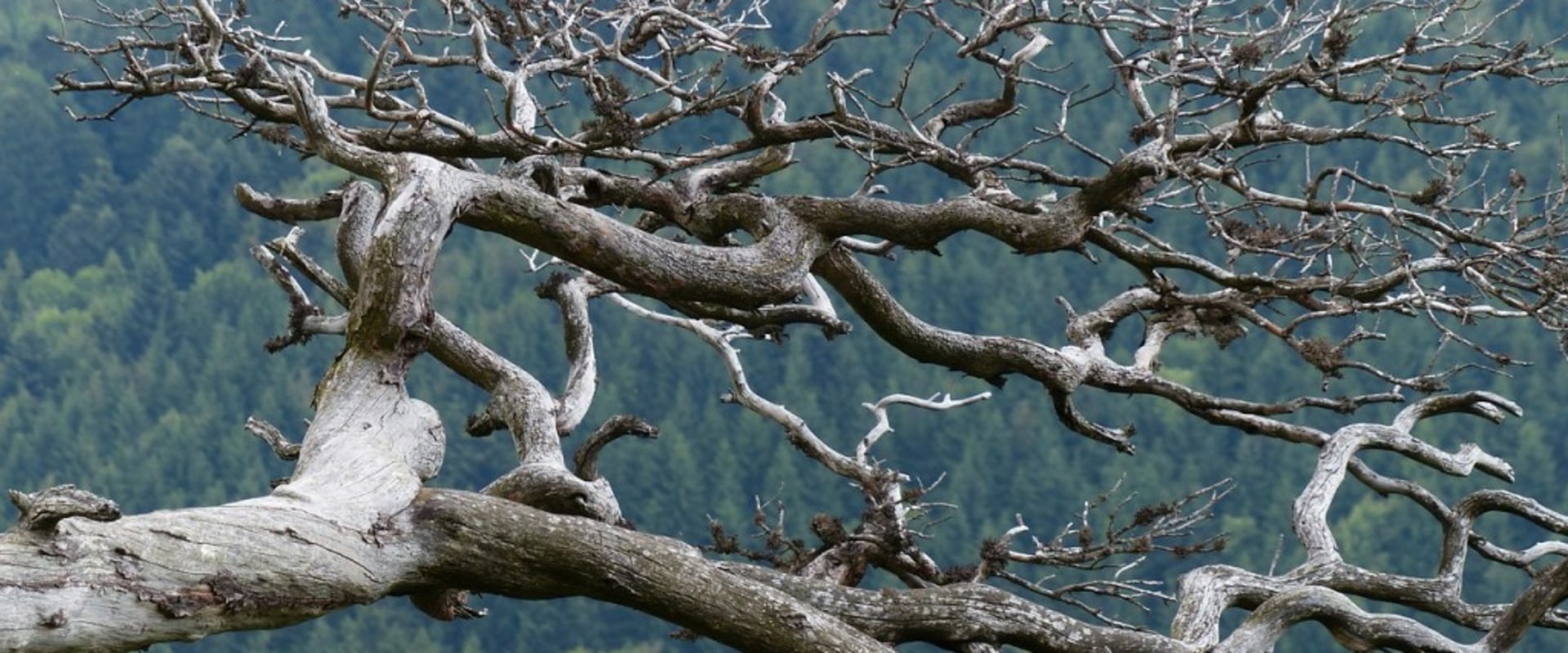
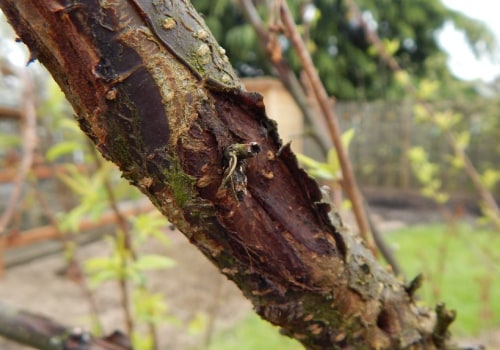
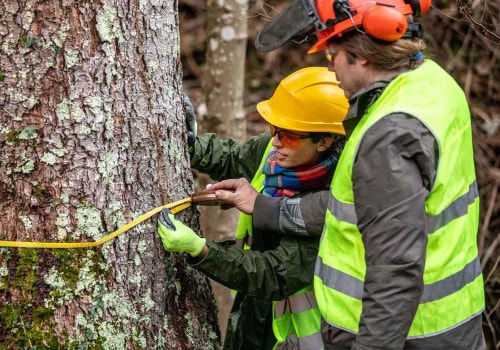
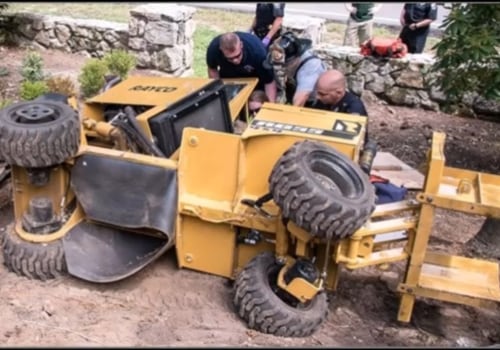
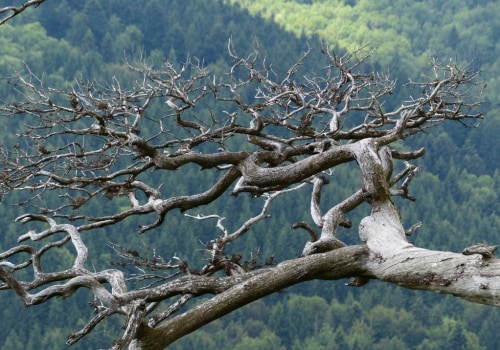

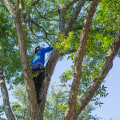
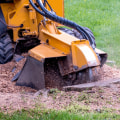
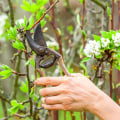
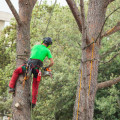
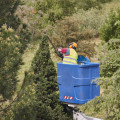
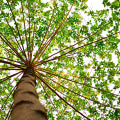
Leave Message